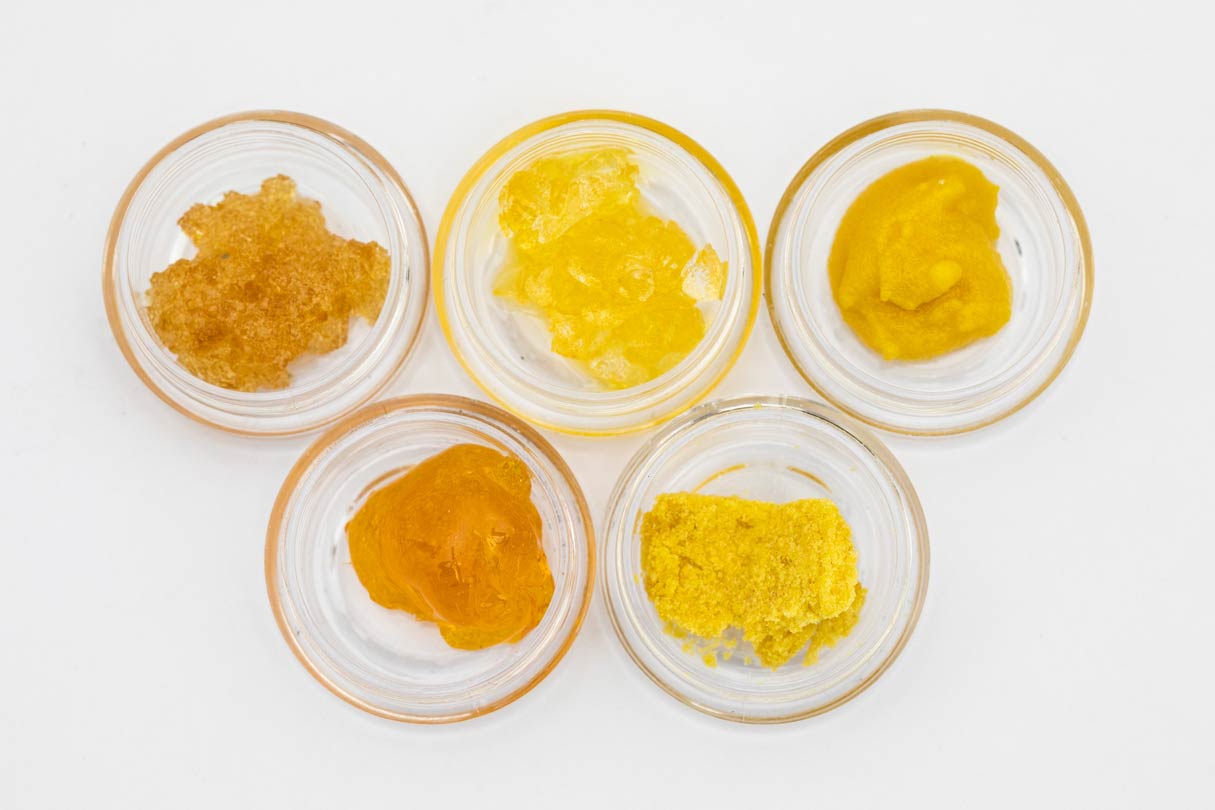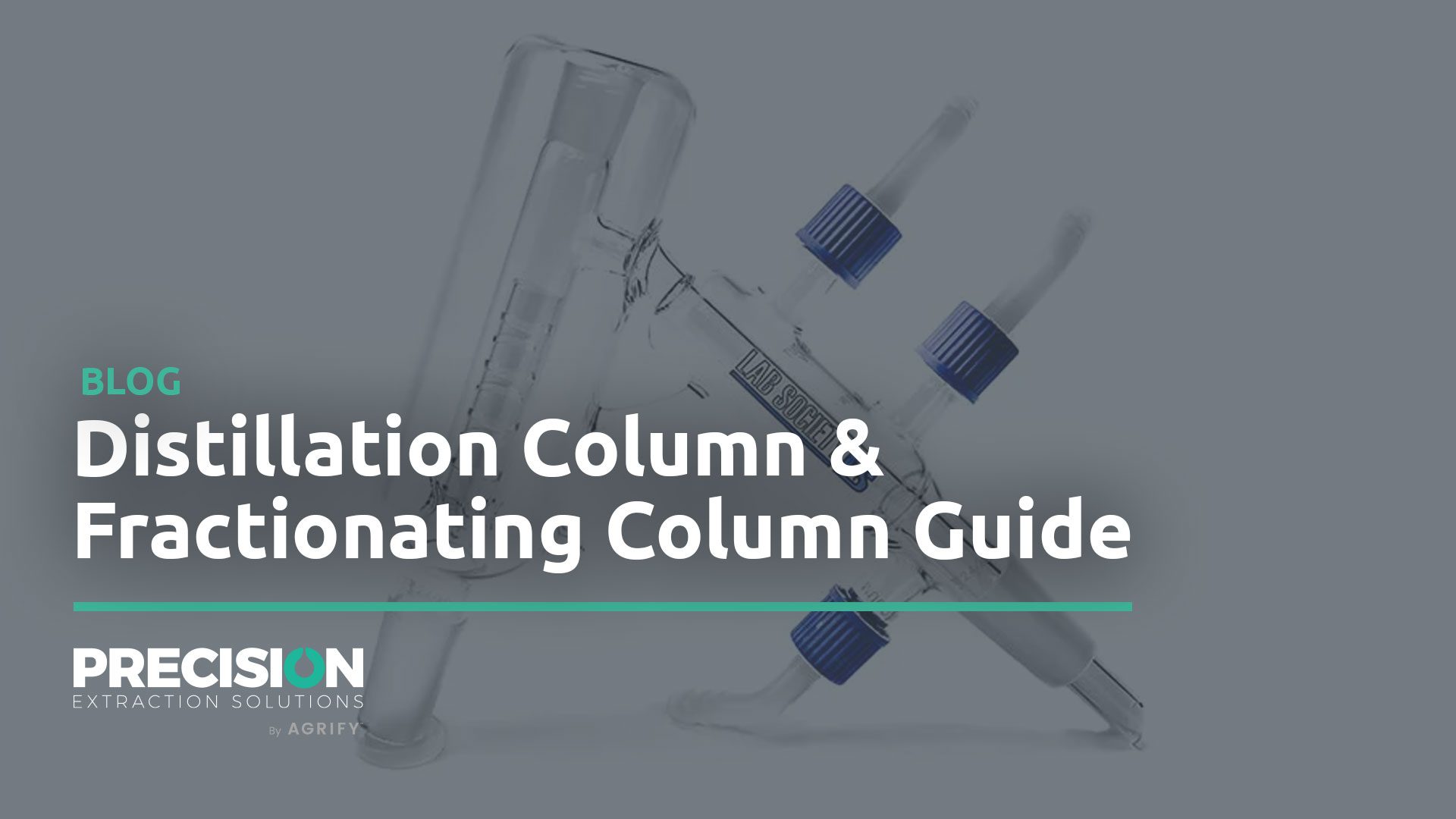
|How to make cannabis distillate.
Building Better Brands by Isolating THC and CBD
Making Cannabis Distillate, Why All the Craze?
Imagine if your favorite beer tasted and smelled different every time you drank it. Or the alcohol content was wildly different with every batch. Faced with such unpredictability, it wouldn’t be your favorite brand for long.
Product consistency is fundamental to building and maintaining any successful brand.
The cannabis plant, by nature, possesses inconsistent and unpredictable qualities. Depending on strains, and the evolution within strains, the plant’s taste, smell and THC/CBD potency may vary greatly. These inconsistencies will inevitably flow into any end product, thereby causing undesirable variations.
In order to produce a consistent product, the THC and CBD cannabinoids must be isolated and separated from the other cannabis components and then infused into the product. By using the process of distillation, this is possible.
What is Cannabis Distillation?
Cannabis distillation is a post-processing extraction technique done subsequent to an initial solvent-based extraction, often using hydrocarbon or ethanol solvent. Other post processing steps are also typically completed prior to performing distillation, such as winterization, filtration and decarboxylation.

In practice, and by way of example, the raw oil (often referred to as “crude” oil) from the cannabis plant will first be extracted via the use of a primary extraction system. Depending on a number of factors, that crude oil will have a THC/CBD concentration typically between 60-80%.
What is not THC and CBD in the crude oil will be a blend of flavors and smells, known as terpenes, and a variety of other plant-based components from vitamins, antioxidants and additional consumable substances.
In order to further purify the oil, it will be subject to the distillation process with a specialized commercial distillation unit. The distillation process isolates specific compounds, such as THC and CBD, thereby producing a refined cannabis oil (or “distillate”) with an over 90% purity of CBD and THC.
Any remaining terpenes and other non-THC/CBD compounds will have an insignificant effect on the flavor and smell of the cannabis distillate at this point. The flavor, smell and potency of the end product can now be controlled by the producer.
How to Make Cannabis Distillate
Making cannabis distillate is accomplished by using an apparatus that heats a solution to a specific temperature in order to vaporize a specific compound within the solution without destroying it, then re-condenses the vaporized compound back into a liquid effectively separating it from the rest of the ‘undesirable’ compounds in the original solution.
A simple example of distillation is the process of purifying water. Heating water to 100 °C (212 °F) will vaporize the H20 molecule, leaving behind any undesirable compounds. Rapidly cooling this water vapor causes it to re-condense into distilled, purified water.
The same principle used in water distillation can be applied to cannabis distillate. A bench-top short-path distillation unit is one of the most common apparatuses used in making cannabis distillate.
Short-path distillation units have three major components: a boiling flask, a condensing head, and a collection flask. The cannabis crude oil is heated in a boiling flask at varying temperatures. The vapor then passes through the condensing head (turning the vapor back into a liquid) and a liquid residue is collected in the collection flask, thereby isolating the THC and CBD components. Depending on the temperature reached in the boiling flask, you will either collect fractions known as “main”, “tails” or “heads”. The “main” fraction, often a pale yellow color, contains your THC and CBD fractions.

For mid to large scale processors, it is more common to find a wiped film distillation apparatus in the laboratory. Wiped film is a variation of short path in the sense that the chemistry is the same, but the technique and equipment are slightly different. Often the biggest differences between short path and wiped film distillation are the ability to operate the unit in a continuous mode and the use of rolling wipers in the heating step to create a thin film around the evaporator flask.
There are pros and cons to both distillation techniques. Ultimately the product you are trying to make and the volume you are processing will dictate which is best suited for you.
Use Distillate to Make Consistent Products
With distillation, isolating THC and CBD as a cannabinoid group can be done from any source cannabis plant material, regardless of quality or origin. By using distillation as a post processing technique the processor can also buy large volumes of trim and otherwise low-quality biomass, and covert it to a consistent, high-quality and high-potency liquid.*
The isolated CBD and THC distillate can then be infused into a variety of products such as vape pens, edibles, pills, topical solutions and everything non-leaf. Flavors may be separately infused back into the cannabis distillate in a controlled manner thereby creating a predictable, replicable and consumable product for the end user.
Essential for the building and maintenance of any brand, distillation makes product consistency an achievable reality.
*Note that quality of input will always affect quality of output and proper preparation of the crude material will ensure uniformity of potency.
Equipment for Making Cannabis Distillate
Are you ready to make distillate? Learn more about Precision’s best-in-class cannabis distillation equipment or consult with Precision expert today!








